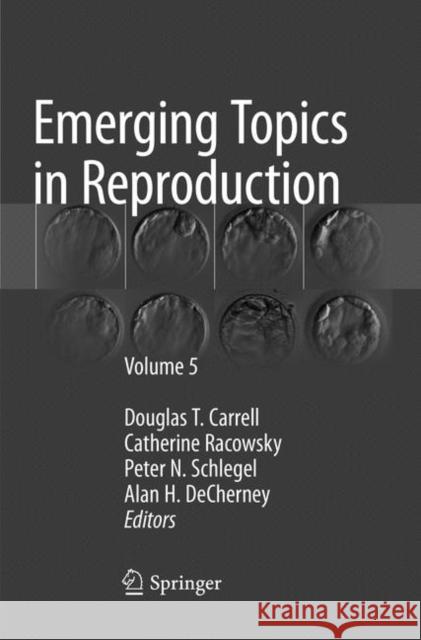Emerging Topics in Reproduction: Volume 5 » książka
topmenu
Emerging Topics in Reproduction: Volume 5
ISBN-13: 9783030081072 / Angielski / Miękka / 2019 / 243 str.
Emerging Topics in Reproduction: Volume 5
ISBN-13: 9783030081072 / Angielski / Miękka / 2019 / 243 str.
cena 462,63 zł
(netto: 440,60 VAT: 5%)
Najniższa cena z 30 dni: 459,42 zł
(netto: 440,60 VAT: 5%)
Najniższa cena z 30 dni: 459,42 zł
Termin realizacji zamówienia:
ok. 20 dni roboczych.
ok. 20 dni roboczych.
Darmowa dostawa!
Kategorie BISAC:
Wydawca:
Springer
Język:
Angielski
ISBN-13:
9783030081072
Rok wydania:
2019
Dostępne języki:
Ilość stron:
243
Oprawa:
Miękka











